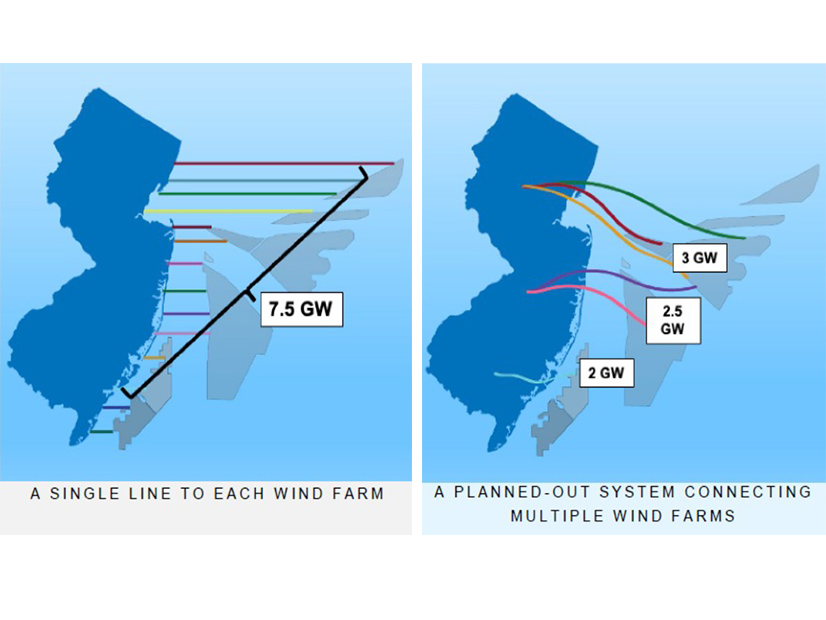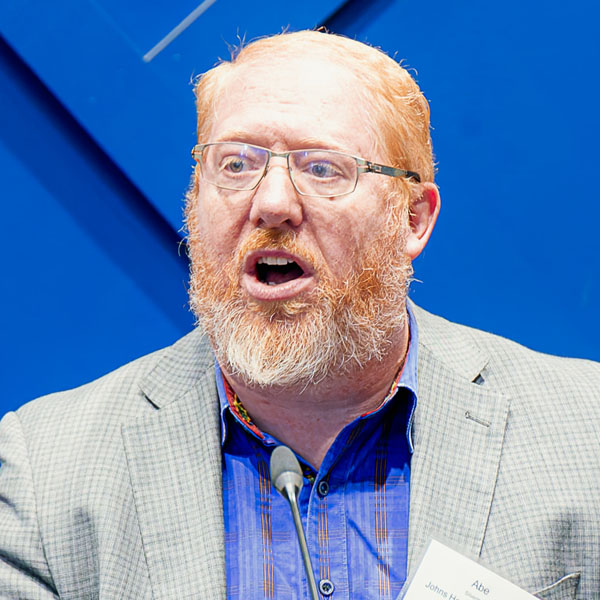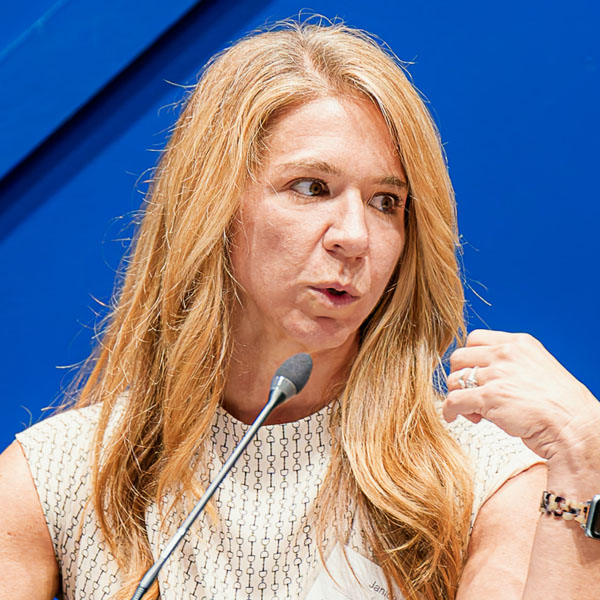ATLANTIC CITY, N.J. — States can reap long-term savings by upgrading their onshore grids and coordinating transmission development to serve multiple offshore wind projects, but they’ll also face higher upfront costs, supply chain challenges and ratepayer concerns, speakers at a New Jersey conference said Oct. 11.
Planned and coordinated transmission upgrades could save billions of dollars across the OSW sector, but the complexity and extensive planning needed to bring different stakeholders and states together to craft solutions could take more than a decade, speakers at the Time for Turbines 7 conference in Atlantic City said.
New Jersey’s use of the State Agreement Approach (SAA) to create $1.07 billion in transmission upgrades that can deliver 6,400 MW of OSW generation to the PJM grid is a prime example of the benefits of planning, speakers told conference attendees.
Yet time is of the essence for all states, according to Abraham Silverman, assistant research scholar with the Ralph O’Connor Sustainable Energy Institute at Johns Hopkins University. The global market for transmission equipment is competitive, and developers need to line up their supply chain now to ensure equipment is available years ahead of when it’s needed, Silverman told the 150 developers, government officials, environmentalists and other stakeholders at the conference.
“States are making procurement decisions today that are going to be delivered in the early 2030s,” he said. “2030 is today.
“So if you are going out and buying it, [and] thinking about offshore wind, you need to have all the major questions answered” around what’s being built, voltage levels and suppliers, Silverman said. “And I think, frankly, a lot of us see what happens when developers don’t have their supply arrangements totally locked up, and we end up in real problems, and you get delays.”
Projects in Germany and Scotland are “going ahead and procuring their HVDC equipment and stockpiling it for future use,” said Janice Fuller, former Mid-Atlantic president at Anbaric, which specializes in developing transmission for OSW projects.
“The projects aren’t awarded, but they’re buying [the equipment], and they will have it ready,” Fuller said. “So that also puts us a little bit further behind in that global supply chain.”
Planning Initiatives
Procurement is just one challenge conference speakers said is facing New Jersey and other states as they try to prepare their grids for the 60% increase in transmission capacity needed to bring about widespread electrification, according to Princeton University’s 2021 Net-Zero America report.
The New Jersey Board of Public Utilities (BPU) says ratepayers will save $900 million from its project to upgrade onshore transmission infrastructure to link OSW projects to the grid. The BPU and PJM created the project under the SAA, and the BPU in February sought FERC approval to use the SAA in a second solicitation but later put that plan on hold.
“Essentially, what we are trying to do is avoid a bunch of individual onshoring efforts and to minimize environmental impacts, minimize community impacts, minimize project risk and risks of delays that may come from a bunch of one-offs coming in,” said BPU Executive Director Robert Brabston.
FERC Order 1920, approved in May, also offers “exciting” potential for promoting much-needed long-term planning, Brabston said. (See FERC Issues Transmission Rule Without ROFR Changes, Christie’s Vote.)
The order requires RTOs and ISOs to undertake long-term transmission planning — with a 20-year time frame, taking into account anticipated load growth, state laws and generation retirements. The plans must be updated every five years.
Brabston said New Jersey can benefit from Order 1920’s planning requirements by addressing the “vastly different networks in the state.” These range from the well-developed infrastructure in the north to areas in the south that were “built to cobble together the agricultural part of the state and the population centers.” While southern areas have the space to house data centers and grid-scale solar projects, the grid there “wasn’t built for it, it’s not ready for it,” he said.
“So we need to be able to do things like pursue grid-enhancing technologies, because you can’t just build all new pipes and wires for infrastructure,” he said. “If you’re going to modernize utilities, you’ve got to modernize the utilities. It’s not just new wires. It’s reconductoring. It’s all kinds of other stuff.”
That means “getting this project selection criteria updated so it takes more factors into account and is more transparent,” he said.
Collaborative Strategy
Long-term planning was also central to New Jersey and nine other East Coast states in July establishing the Northeast States Collaborative on Interregional Transmission to explore mutually beneficial interregional transmission to increase the flow of electricity among ISO-NE, NYISO and PJM, as well as assessing offshore wind infrastructure needs. (See 10 Northeastern States Sign MOU on Interregional Transmission Planning.)
“The theory is, if it saves $900 million when New Jersey does it alone, how much is it going to save when we work with Maryland, New Jersey and Delaware, or New York and New England and all the other places?” asked Silverman, who helped put together the coalition. He noted New York had also studied the benefits of creating an “offshore wind backbone” similar to New Jersey’s and found it would save ratepayers $500 million.
Silverman said it’s not just about the savings, but also improved reliability, faster interconnection times and “derisking” of projects “so that when we ask developers to put billions of dollars of capital at risk, they really feel comfortable coming to that table.”
“We’ve seen success within individual states or even on a regional basis, like New England. But we also need to get states talking to each other and cross over some of these artificial barriers.”
Cost Allocation Straitjacket
However, that kind of collaboration raises questions about technology standardization, Fuller said.
As generators bid their projects and suppliers try to determine how to prepare for projects that won’t break ground —or water — for another decade, it’s crucial for both sides to agree on uniform standard for the technology being used, she said.
“That plays into your ability to have mesh-ready projects, projects that could be brought together in the future and connected together,” she said.
Another ongoing issue is who pays for the projects, Brabston said.
“One of the key things from a New Jersey perspective is trying to get out of this straitjacket of: If it’s a state policy thing, the state has to pay 100% by itself,” he said, which fails to account for the fact that “all states stand to benefit from this to a greater or lesser extent. We should be talking about cost allocation, not an all-or-nothing kind of thing,” he said.
Fuller called the New Jersey initiative the “canary in the coal mine” for other states and stakeholders, particularly because it received 80 bids from 13 developers. (See NJ BPU OKs $1.07B OSW Transmission Expansion.)
“I think the industry stood up, and other states stood up, and said, ‘Oh, that’s real. They got a real robust response with really creative solutions, and it’s going to have a tremendous ratepayer impact,’” she said.
One challenge is communicating the benefits to the public, Fuller said. She said renewable development often prompts skeptics to say, “Why do we need to do this? It’s going to impact our electric bills, and the ratepayers aren’t going to be able to tolerate that.”
But infrastructure upgrades can produce multiple benefits, including realizing substantial savings for consumers and reducing the number of cables and beach crossings needed, she said.
Fuller suggested using the phrase “benefit allocation” to make projects more palatable to the public.
“We always talk about cost allocation,” she said, but changing the term could show “it’s not just fair sharing of the cost, it’s understanding where the benefit lies, and so you’re paying your share of the benefit.”





